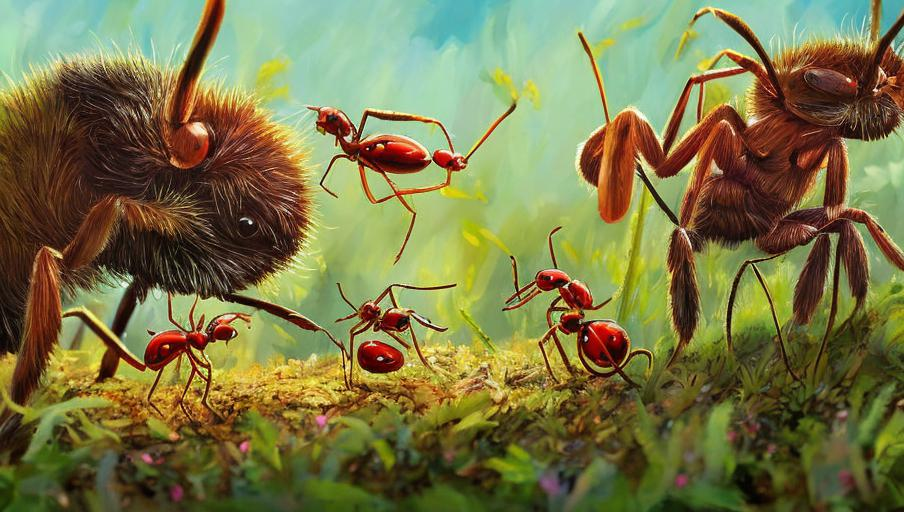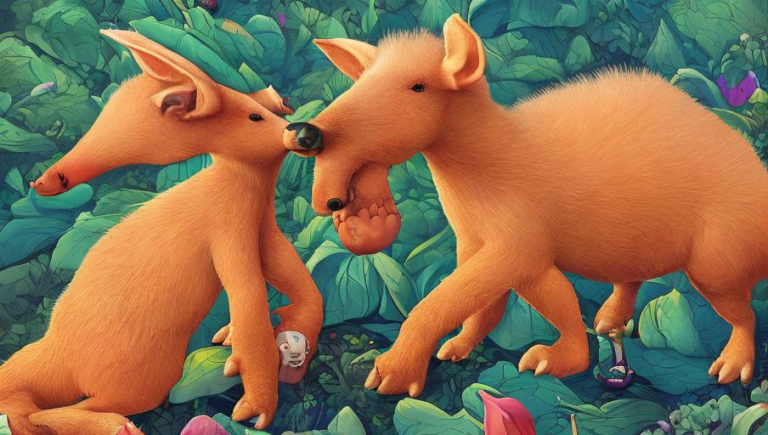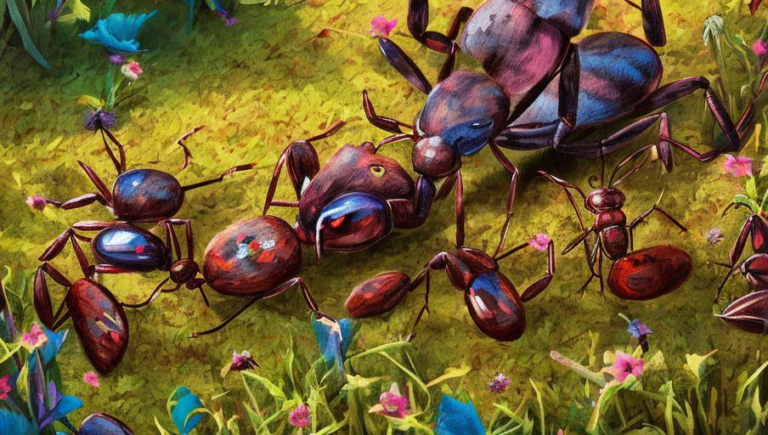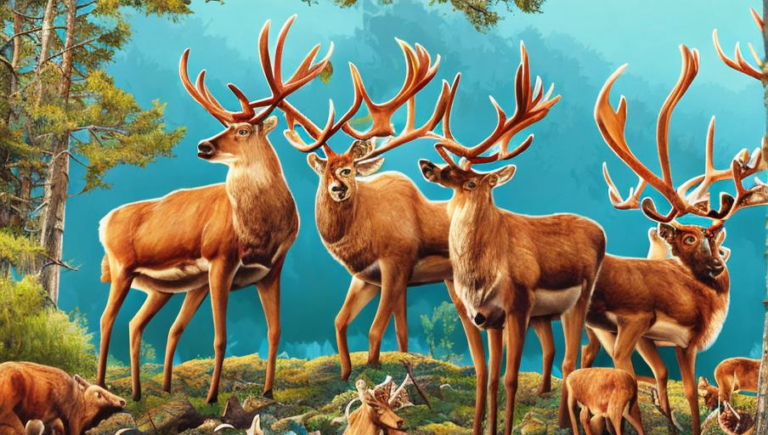An Overview of Ants: Understanding the Fascinating Insects

Types of Ants
Ants are members of the family Formicidae and are found in nearly every corner of the world. There are more than 12,000 species of ants across the globe, and they come in a variety of shapes, sizes, and colors. The most common ants are the black garden ants, but they can also come in red, yellow, and even blue. Ants are divided into two subfamilies: the Myrmicinae, which are found in the tropics and the Formicinae, which are found in temperate climates. These subfamilies are further divided into tribes, genera, and species.
Habitat and Behaviour
Ants can be found in nearly every type of environment, ranging from deserts to rainforests. They are incredibly adaptable, and can even live in cities. Ants live in colonies, which can range from a few dozen to millions of individuals. Each colony is headed by a queen, who is responsible for producing eggs. These eggs are cared for by the queen and her female workers, who also tend to the colony’s other needs, such as foraging for food and building nests. Ants are also very social and communicate through pheromones and other forms of body language.
Diet
Ants are omnivores, meaning they eat both plants and animals. They forage for food and bring it back to the colony to feed the other members. They are also known to scavenge for food and collect nectar and honeydew. Some species of ants also feed on other insects, such as aphids, or they may even capture and eat small vertebrates, such as lizards and snakes.
Benefits of Ants
Ants are incredibly beneficial to the environment. They help to aerate soil, which allows for better water absorption and can help to increase crop yields. They also help to break down organic matter, which helps to create nutrients for plants. Ants also help to control other insects, such as aphids, and can help to protect crops from damage. Finally, ants are an important source of food for other animals, such as birds and reptiles.
Protection of Ants
Ants are an important part of many ecosystems, but they are under threat from human activities. One of the main threats to ants is habitat destruction, as human activities such as building and farming can lead to the destruction of ant colonies and the loss of food sources. Additionally, the use of pesticides and other chemicals can be harmful to ants and can have a negative impact on the environment. To protect ants, it is important to reduce habitat destruction, limit the use of chemicals, and create protected areas where ants can live without disruption.
Conclusion
Ants are fascinating creatures that play an important role in many ecosystems. They are incredibly adaptable and have been around for millions of years. To protect these incredible insects, it is important to reduce habitat destruction and limit the use of chemicals. Understanding more about ants and their behavior can help us to appreciate these creatures and protect them for future generations.





